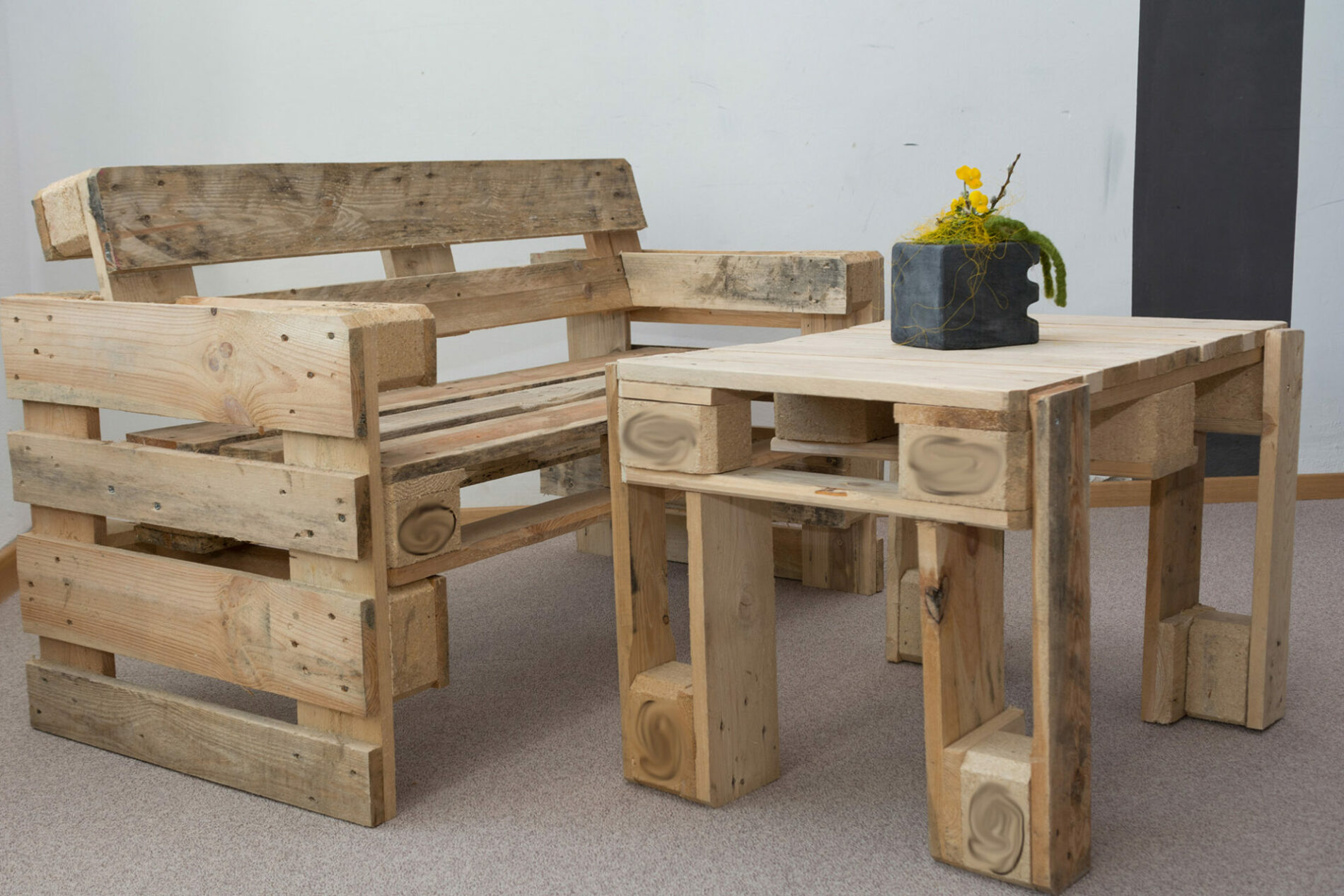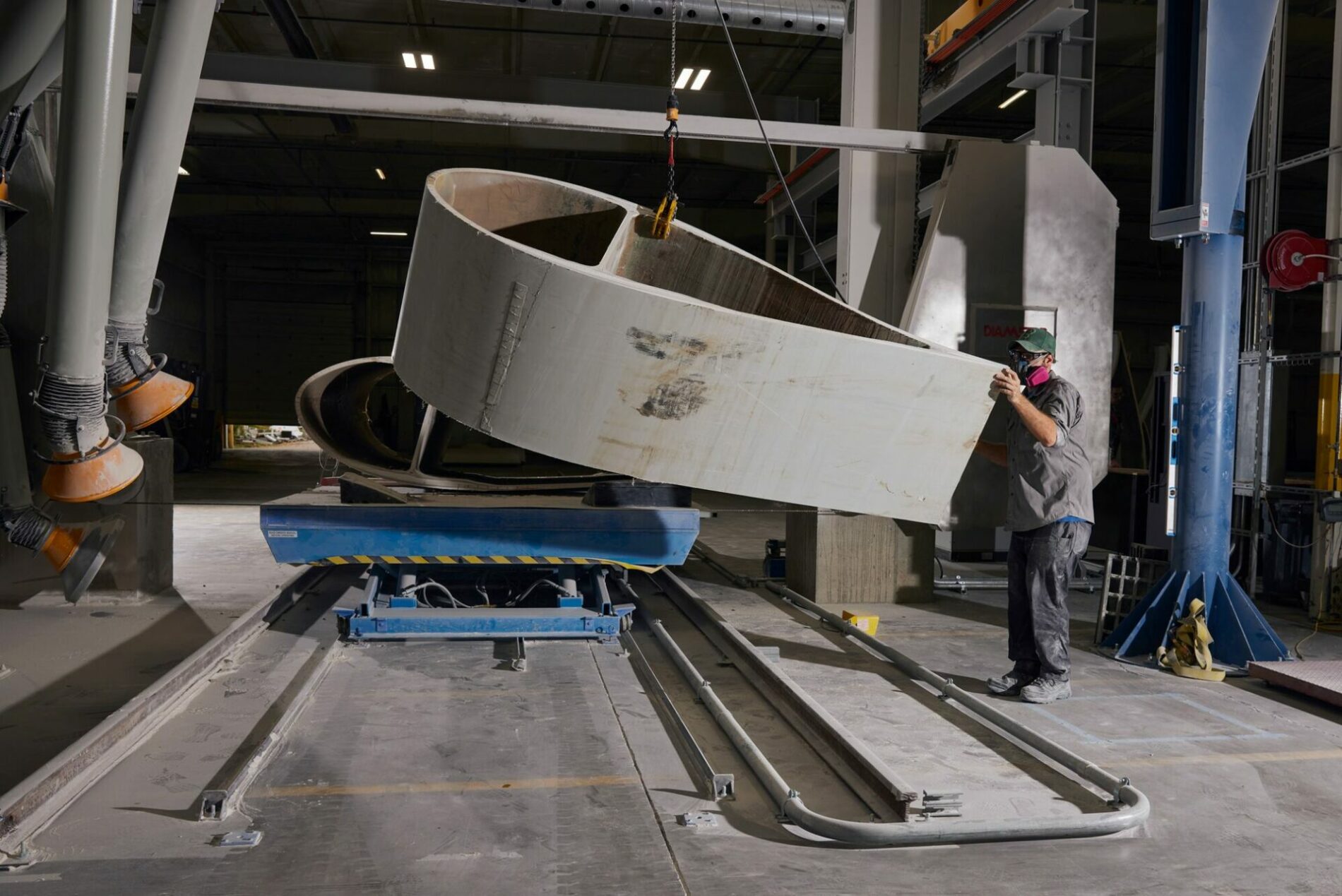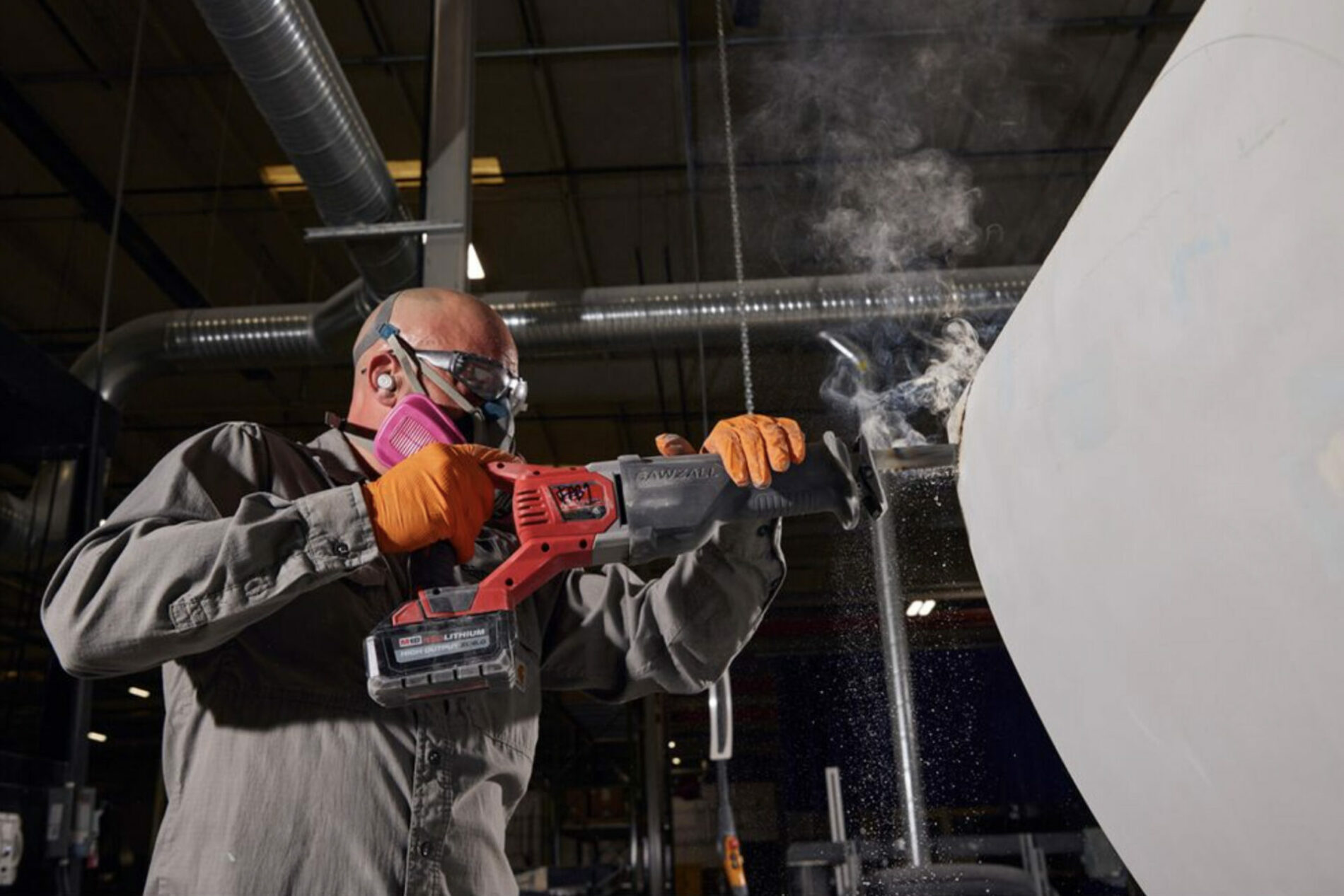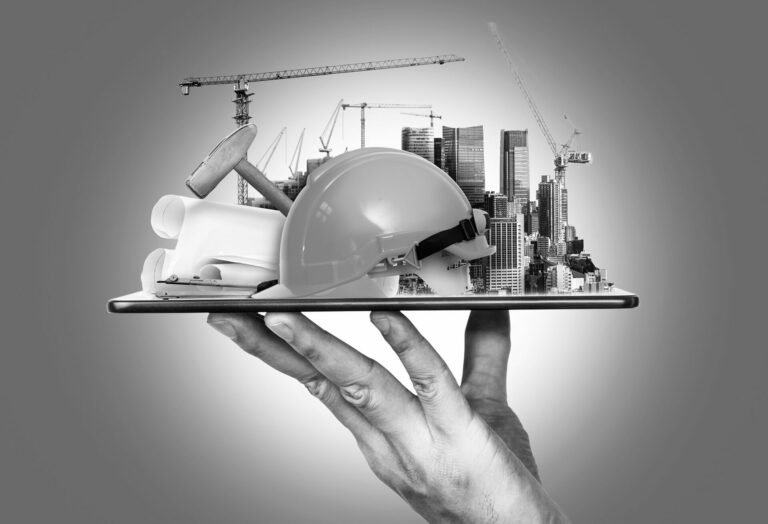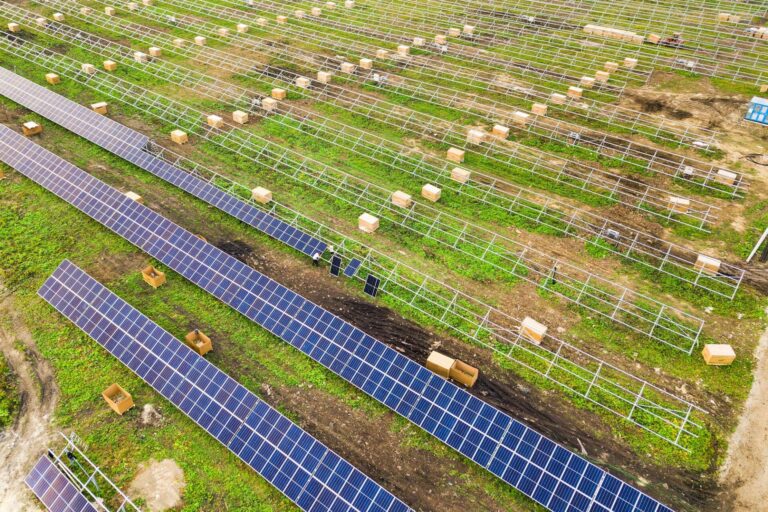The term ‘Upcycling’ is a relatively modern one. Coined in the early 1990’s, upcycling has been the vehicle for trending techniques and styles across multiple industries. Fashion, furniture, design, there are few areas in which upcycling has reached. In the construction world, it is a concept that is gaining traction also. Both materials and processes come with heavy energy requirements and novel ways of building are always high priority. Surprisingly, construction may actually be the one of the first industries to adopt the concept of upcycling. Examples of this process can be seen in the Roman Empire as early as the fifth century BC. Spolia, which refers to the reuse of spoils, signified the reuse of old building materials in new edifices. Spolia involved the repurposing of stones and other elements from older structures into new ones. This approach, wildly innovative for its time, not only conserved resources but also breathed new life into discarded materials.
Since then, reusing materials —stone in particular— has been a technique that has run through the development of construction across millennia. With financial, cultural, historical, and ecological benefits, it seems as though the industry has been thinking innovatively about its materials for longer than people might realize. In a modern context, sustainability is one of the most important considerations in construction. Everything from energy usage to materials made from renewable or ethically minded sources contribute to sustainable practices. The (re-)emerging market that sits squarely within the scope of this discussion is reusable materials —upcycling. Repurposed structures are currently attracting huge interest across various sectors but what if previously used materials could be repurposed to add value to communities and businesses alike?
Canvus is a furniture manufacturer based in Avon, OH. The company designs benches, planters, picnic sets and other community seating out of retired wind turbines. According to the company, the overarching goal is to address systemic issues within the wind industry. There is a chronic need, it states, for this process. “5,000-8,000 wind turbine blades are retired each year. The wind industry has struggled with recycling them due to their massive size, durability, and fiberglass material.” By upcycling them at scale into furniture designed for communities, parks, and schools, Canvus has created a solution using innovative techniques, forward thinking and sustainably minded tools. “We are a solution for every blade coming out of service and can process 100% of the blade by upcycling into furniture, aggregate for concrete products and building materials, then shredding the remainder material into fuel source for the cement-making process – making us the perfect partner for all projects throughout the United States.”
The company offers a full-service process that involves field cutting, when the blade is being brought down from the turbine, movement and logistics, upcycling, and shredding. The seamless and fully integrated process ensures that from turbine to end use, the product is handled safely and sustainably. “The Canvus manufacturing facility in Avon, OH takes the blade sections – including difficult to process pieces like root ends – and upcycles them at scale into beautiful, impactful, lasting products for communities across the country.”
While this production method is inarguably a positive thing for the industry and the climate, the unfortunate truth is that it offers very little in isolation. So, how can these processes —and this mindset— further permeate the construction industry? It seems as though, in some quarters, it already has. Realdania Byg is a Danish foundation that promotes innovation and best practices in the building sector. Working with Lendager Architects, the foundation has developed and built a single-family house called Upcycle House. The aim, and success of the project, is to “convey the principles of upcycling in a tangible and clear example.” It uses completely upcycled materials and meets all building codes to be a safe and comfortable residential structure. The load-bearing structure consists of two prefabricated shipping containers, while the roof and façade cladding are, incredibly, made from recycled aluminum soda cans. “Façade panels consist of post-consumer recycled granulated paper, which is pressed together and heat-treated. The kitchen floor is clad in tiled champagne cork leftovers, and the bath tiles are made from recycled glass. Walls and floors are covered with OSB panels consisting of wood chips that are the by-products of various production sites, pressed together without glue.”

According to Anders Lendager, owner of Lendager Architects, the results of using recycled materials were far in excess of the company’s highest expectations. “We initially thought that a reduction of 65% CO2 was unrealistic, but when we ran the LCA (Life Cycle Assessment) on all materials throughout the entire project, it turned out that we had reduced the CO2 emissions associated with construction by 86% compared to a benchmark house. With that in mind, we are surprised that no one else is working on this. Why is it not included in everything we do as architects? Why is it not included in the building code that a certain percentage of building materials have to be recycled?”
Not stopping there, Lendager and his team decided to expand the concept. Located in Copenhagen’s Ørestad district – a reclaimed wetlands that has become a showcase for urban design projects – Resource Rows uses walls from abandoned rural dwellings as part of facades, reducing carbon consumption by 70% but also providing a weathered character that sets the development apart from your average city new build. The buildings interact with nature by harvesting rainwater for toilet-flushing and irrigation, while green roofs and vertical gardens encourage biodiversity and enhance community. “The 92 flats and rowhouses in the Resource Rows demonstrates that it is possible to reuse bricks from new buildings and waste wood without compromising on costs and aesthetics. The result is a project that saves CO2 and materials and creates strong communities among the people living in it – and it doesn’t cost more.”
Upcycling may be a new term, but the concept is rooted in the innovative techniques and strategies of the construction industry. While many are still getting to grips with the reuse of materials, construction is one step ahead. Companies like Canvus and Lendager Architects demonstrate a simple yet fundamental truth: if the desire to reuse materials exists, the industry will find a way.









